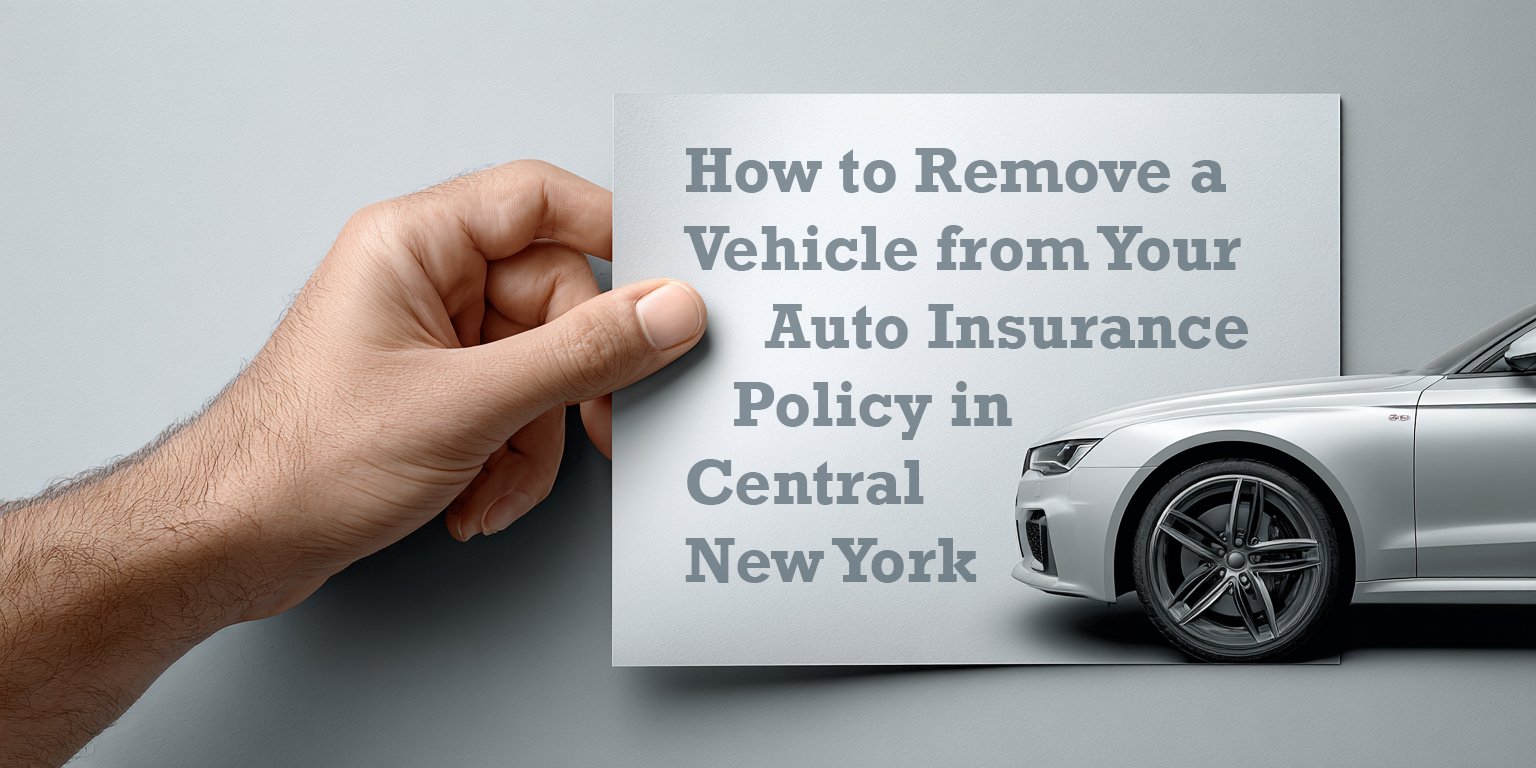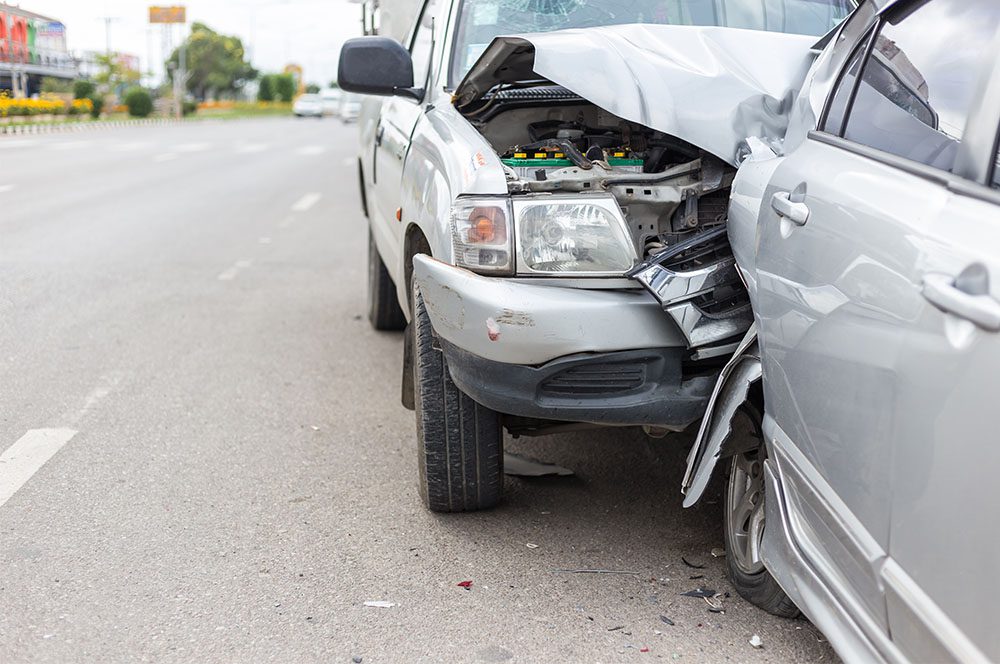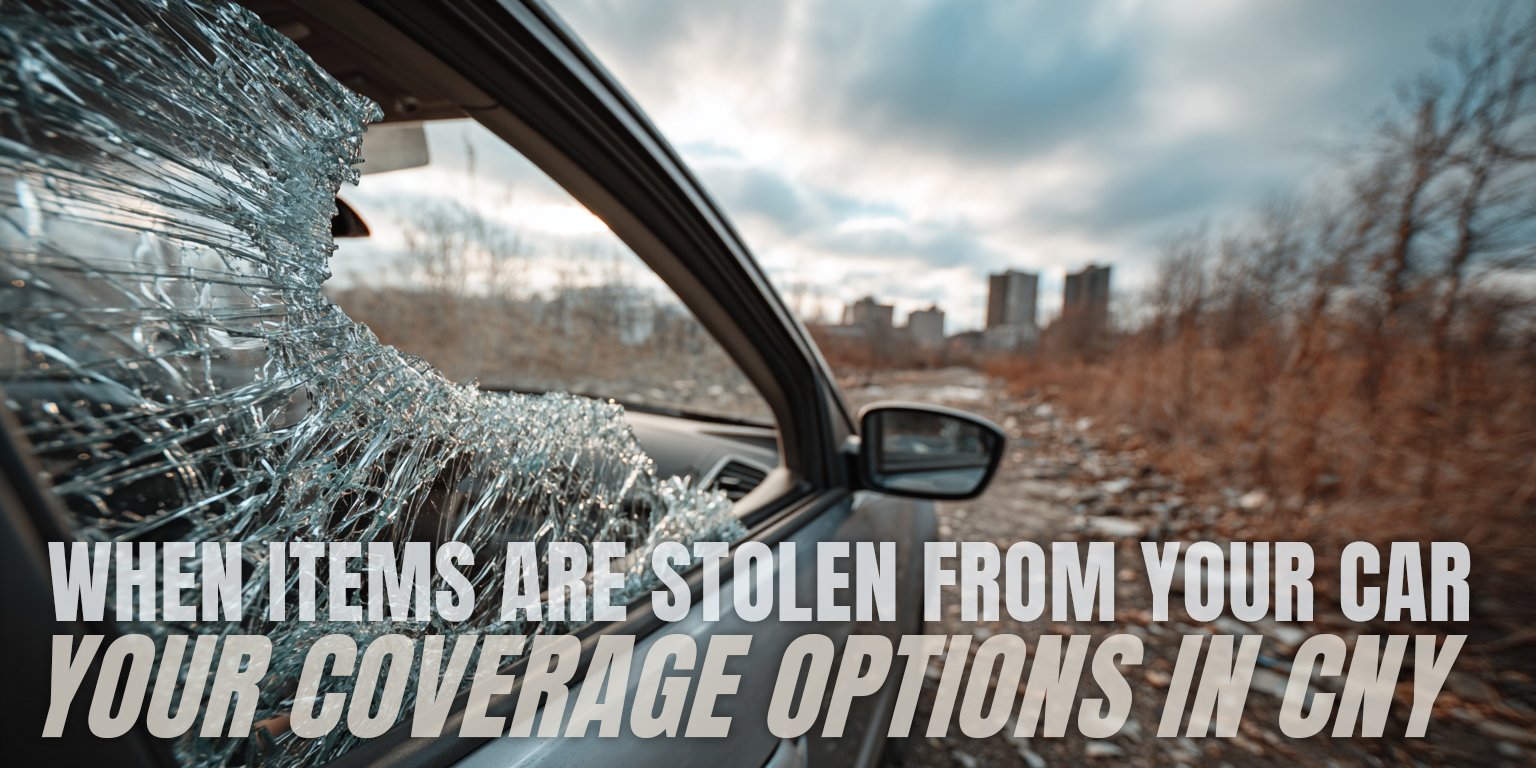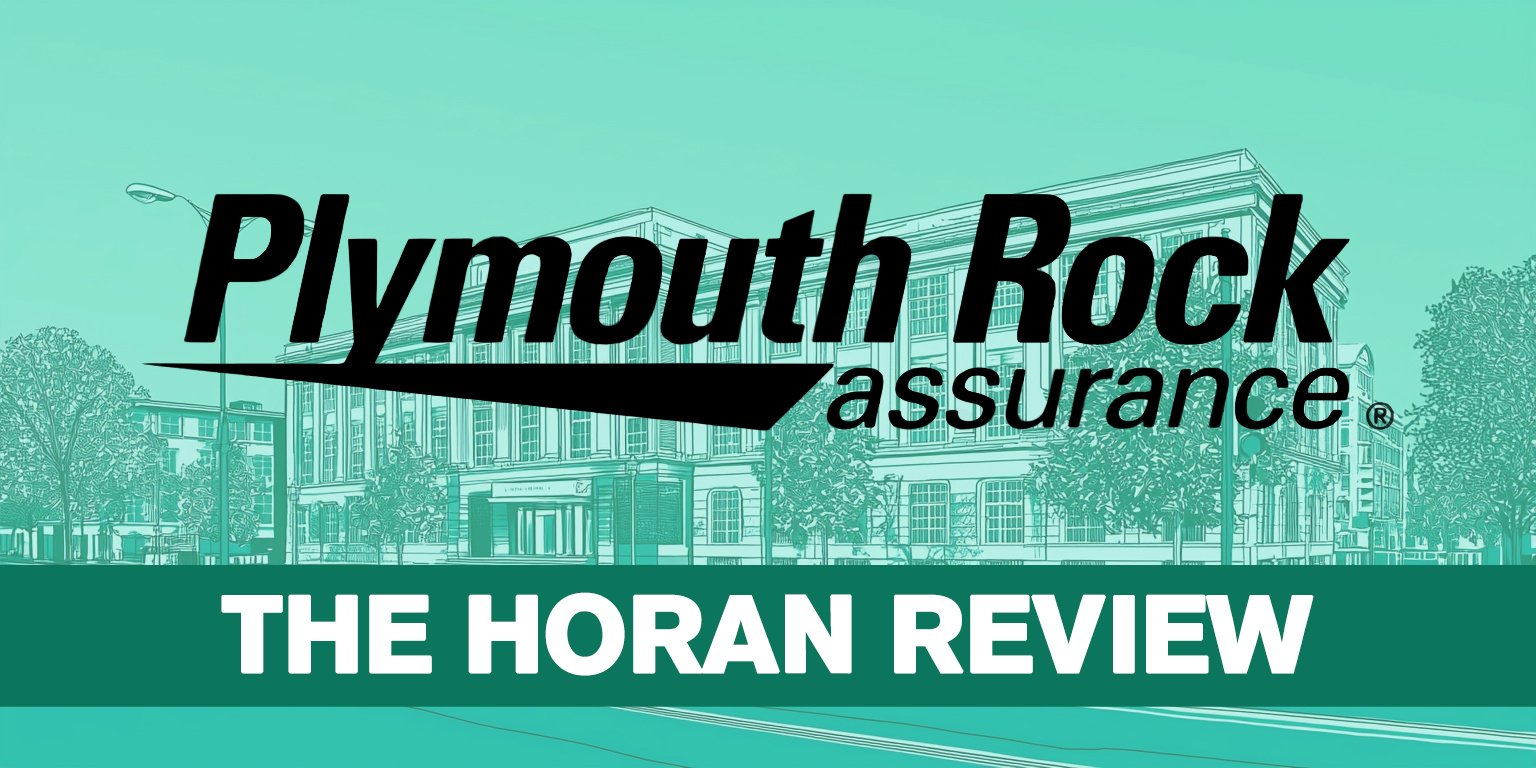Many New York drivers pay for no-fault insurance every month without knowing what it covers or how to use it when they need it most. The confusion starts with the name itself—despite being called "no-fault," this coverage has nothing to do with determining who caused an accident. Instead, it focuses on getting you the medical care you need regardless of fault.
At the Horan insurance agency, we've helped many Central New York drivers understand their no-fault coverage since 2009. We find that clear information about this mandatory coverage helps our clients make confident decisions when filing claims after an accident.
This article will guide you through the practical aspects of using your no-fault benefits, from identifying what you currently have to understanding when and how to access these benefits after an accident.
What Your No-Fault Insurance Actually Covers in New York State
No-fault insurance in New York isn't an optional coverage—if you have registered vehicles with plates, you have this protection. Also known as Personal Injury Protection (PIP), no-fault insurance covers medical expenses for you and your passengers after an accident.
The term "no-fault" indicates that regardless of who caused the accident, each person involved uses their own insurance company for medical expenses. This coverage becomes your primary medical coverage after an auto accident, taking precedence even over your health insurance plan.
When you visit a healthcare provider for accident-related injuries, they'll request your auto insurance information first—not your health insurance card. This arrangement helps expedite treatment without waiting for fault determination.
The basic no-fault package includes:
- Medical expense coverage up to $50,000 per vehicle occupant
- Income replacement at 80% of lost wages (up to $2,000 monthly)
- $25 daily allowance for other necessary expenses
- A $2,000 death benefit
No other coverage in your auto policy works quite this way, which contributes to the confusion many drivers experience when trying to understand their benefits.
Learn more about how no-fault insurance works in Central New York.
Accessing Additional No-Fault Benefits Beyond the Basic Coverage
The standard $50,000 in no-fault coverage serves as your foundation, but many Central New York drivers find this basic protection insufficient for serious injuries. New York allows you to increase your protection in two ways:
- Additional Personal Injury Protection (APIP) lets you purchase extra coverage, typically sold in $50,000 increments up to $100,000 beyond the basic amount. This expanded coverage provides crucial protection for serious injuries that might exceed the basic $50,000 limit.
- Optional Basic Economic Loss (OBEL) adds $25,000 in flexible benefits that can be directed toward either additional medical expenses or lost wage replacement. This flexibility proves valuable when recovery extends beyond initial expectations.
For example, if Frank commutes daily on I-81 through Syracuse during winter weather, the additional protection could prove valuable if he's injured in a multi-vehicle accident and faces extended recovery time.
These additional coverages provide two key advantages:
- Portability: Your additional benefits travel with you even when riding in someone else's vehicle
- Extended protection: The coverage applies to out-of-state passengers traveling with you
When considering these options, review your current health insurance deductibles and coverage limits. If you have high-deductible health insurance or limited disability coverage through your employer, the additional no-fault benefits become even more valuable.
How to Find Your Current No-Fault Coverage Level
To determine your current no-fault protection level, locate your auto insurance declarations page. Look for the section labeled "Personal Injury Protection" or "No-Fault Coverage."
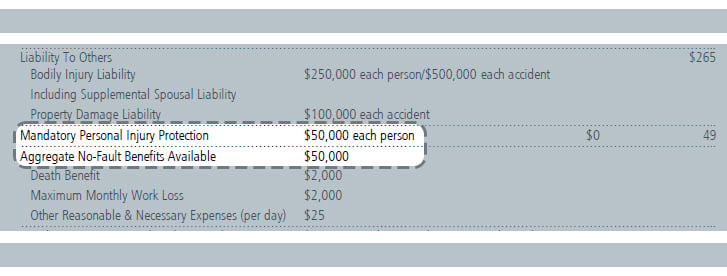
Within this section, search for the word "aggregate" followed by a dollar amount. This figure represents your total no-fault benefit limit. If you see only $50,000, you have the basic mandatory coverage. If you see a higher number, you've purchased additional protection.
The declarations page should also indicate if you've added the OBEL coverage, which appears as a separate $25,000 benefit.
 Many Central New York drivers discover during this review that they don't have the level of protection they assumed. If you're unsure how to interpret your declarations page, contact your insurance representative for clarification.
Many Central New York drivers discover during this review that they don't have the level of protection they assumed. If you're unsure how to interpret your declarations page, contact your insurance representative for clarification.
When Your No-Fault Benefits Won't Apply
While no-fault insurance provides valuable protection, certain situations fall outside its coverage:
- Injuries sustained while driving under the influence
- Injuries resulting from intentional actions or while committing a felony
- Accidents involving motorcycles (which follow different rules in New York)
- Medical expenses beyond your coverage limits
Understanding these exclusions helps you avoid surprises when filing a claim. For instance, a driver who causes a collision on Erie Boulevard after leaving a bar might find their no-fault benefits denied if intoxication contributed to the accident.
Daniel J. Middleton
Daniel is an accomplished content creator. He has been working in publishing for almost two decades. Horan Companies hired Daniel as its content manager in November 2022. The agency entrusted its messaging to him. Since then, Daniel has written insurance articles, service pages, PDF guides, and more. All in an effort to educate CNY readers. He's helping them understand the world of insurance so they can make informed decisions.





 Many Central New York drivers discover during this review that they don't have the level of protection they assumed. If you're unsure how to interpret your declarations page, contact your insurance representative for clarification.
Many Central New York drivers discover during this review that they don't have the level of protection they assumed. If you're unsure how to interpret your declarations page, contact your insurance representative for clarification.



